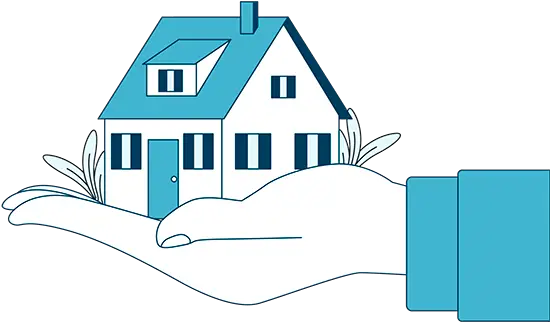HO-1 Home Insurance Policy (aka basic form) is considered the most basic insurance policy that homeowners can purchase. Homeowners purchase this type of policy to help protect their homes for possible catastrophic losses. With HO-1 home insurance coverage, you will be able to protect your home from the most common perils. In case the damage is incurred due to an event that is not listed in the HO-1 you cannot file a claim.
Just like any other type of insurance, homeowners insurance policies can also come in different shapes. Some insurance policies are structured in a way that has more coverage than others. With HO-1, also called basic form, it covers your property only against the most common disasters, like lightning or fire.

Everything You Want To Know About HO-1
Insurance agents will write different policies on forms. These are standard forms that are designed by the insurance sector that can be used by multiple insurance companies. Typically, these forms have the same provisions which are the same from insurer to insurer. Every form has a set of situation and risks which details the coverage it provides. HO-1 includes coverage for homes occupied by the owner, a standalone home, and the property inside. For this type of policy, there is a list of perils that are covered. In most cases, it has a minimal of 10 perils which includes:
- Lightning or fire
- Windstorm or hail
- Explosions
- Damage from vehicles (unless caused by the insured)
- Damage from aircrafts
- Riots or civil commotion
- Theft (with limited liability of up to $1000)
- Malicious mischief or vandalism
- Smoke
- Volcanic eruptions
If you are a homeowner, you should take note that while the list may seem comprehensive it is missing some other essential risks that can happen to any home. These events are fairly common and cause huge damages to properties. HO-1 home insurance does not cover issues such as:
- Falling objects – If you or your family member is hurt due to a falling object inside your home, you may be unable to make a claim unless you can prove that it is caused by the 10 perils.
- Earthquake – Any damage to your property, items, and persons inside your home due to an earthquake will not be compensated.
- Flood – Flood or water damage is not covered, however, many insurance companies may sell an add-on for water damage at an additional price.
Another crucial point that HO-1 policies do not cover is damage to personal property even when it is caused by a covered cause. For example, if your appliances are damaged due to fire in your home, you may not be able to claim compensation for these items. In order to protect the items inside your home, you may need to purchase separate coverage for this.

Due to these limitations, HO-1 is not the preferred insurance policy among homeowners. In fact, more homes would rather purchase more comprehensive home insurance, even if premiums are more expensive. Additionally, most mortgage companies will also require the use of a more comprehensive plan as it provides more protection. Due to its limitations, some states and cities in the United States have discontinued using HO-1 policies.
Because of its lack of coverage, it is crucial that you double check your current insurance policy to know if you are under an HO-1. It may have the term HO-1 or Basic Form written on the first page of your policy. In case you do have HO-1 policy you can opt to purchase add-ons for other possible perils like falling objects, water damage, or earthquake. Nevertheless, the best option is to purchase a standard home insurance policy that has an open-perils term.

